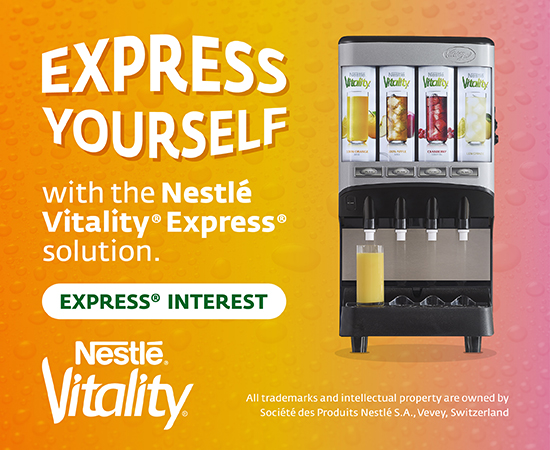As managing a hotel restaurant grows increasingly complex with ever-changing labor laws, high employee turnover, and slim margins, operators are turning to technology to increase profitability, manage their workforce, and drive efficiency.
Sound technological solutions do more than improve the performance of a business. They alleviate stress for owners, managers, and employees, making it easier for staff to give attention to the details that customers are going to notice and provide an experience they’ll want to come back for.
Through point of sale (POS) devices, hotels have had access to an overwhelming amount of data for some time now, but that data is meaningless if managers don’t understand how to use it to gain a competitive advantage. That’s were business intelligence (BI) steps in.
BI is an umbrella term that includes the applications, tools, and best practices that enable managers to analyze information to improve and optimize decisions and performance. It turns raw data into something managers can understand, track, and use to improve.
BI software provides real-time reports, charts, and graphs that are cloud-based, making them available on almost any device. As these systems become more affordable and easier to adapt, smaller operators are now able to take advantage of those same systems that used to only be available to large enterprises.
Here are a few indicators that it may be time to implement BI in a restaurant:
- Labor for performing managerial duties (such as entering data and manually running reports) is costing more than the software fees would cost;
- There are inconsistencies in data collected by managers, caused by human error in the transition from the POS report into a spreadsheet;
- There are logistical issues due to data being stored in multiple locations;
- The cost of goods sold (COGS) is consistently too high (lowering margins), and it is not clear why.
According to the National Restaurant Association’s Restaurant Technology Survey, 32 percent of restaurant operators consider their operations to be lagging when it comes to technology use. These operators were mostly concerned about the costs and difficulties of implementing effective technology. However, so many of these solutions are customizable and scalable that there is a lower barrier to entry. Even though the journey of choosing a solution might seem overwhelming, there is a step-by-step process that can be followed.
Start by finding the right partner. Understanding the value of data integration between multiple products is essential to making the right choice. The amount of time restauranteurs waste logging in and out of multiple systems and manually reentering data (plus the added risk of human error) is costly to operations.
Look for a provider that offers choices and options with modular software that can be customized to include as many or as few features as are necessary. Ideally, they should have solutions not only for today’s needs, but for the next three to five years. Together, identify “the low hanging fruit.” For example, if the restaurant is currently manually creating schedules, automating this process can speed it up 75 percent and reduce labor costs by 3 percent. Those cost savings can be used to fund the next step–perhaps inventory. Keep moving through the process—intelligently using data will help drive the hotel restaurant’s success.












